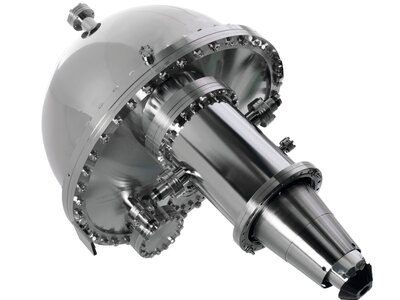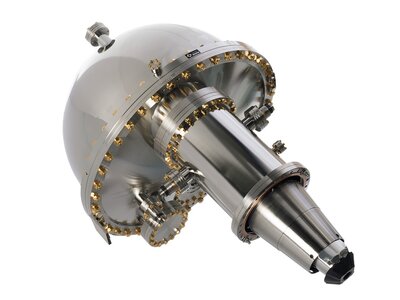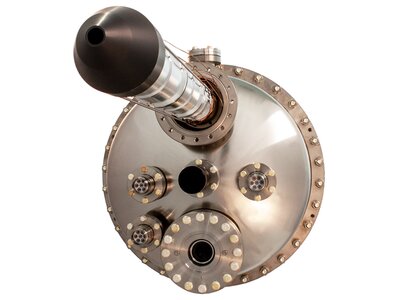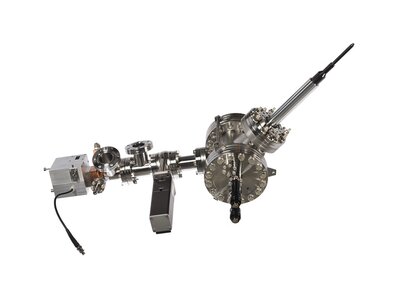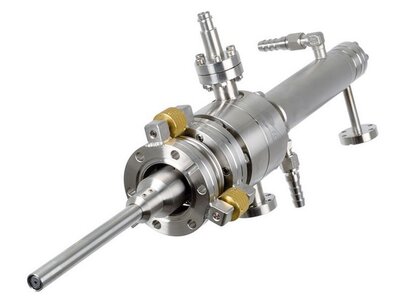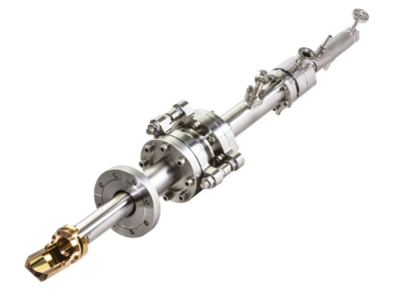Ultraviolet Photoelectron Spectroscopy (UPS)
Ultraviolet Photoelectron Spectroscopy (UPS) uses photons in the ultraviolet energy range, typically He I (21.2 eV) or He II (40.8 eV), to extract electrons from the valence bands of a sample. It is common practice to distinguish UPS from ARPES (angle resolved photoelectron spectroscopy), although both methods use oftentimes the same photon energy range. In a typical UPS measurement, the information about the emission angle of the electrons (i.e. the information about their momentum parallel to the surface prior to photoexcitation) is not considered. Therefore, typical UPS measurements are much less demanding from a technical point of view than analogous ARPES experiments. They an be performed with simple, non-monochromated gas-discharge sources. Although it is also possible to measure the valence electronic states (for example d-bands in Ag or Au samples and Fermi edges) with XPS, UPS spectra are generally of superior quality, because of much better resolution (in terms of energy) and signal-to-noise ratios.


